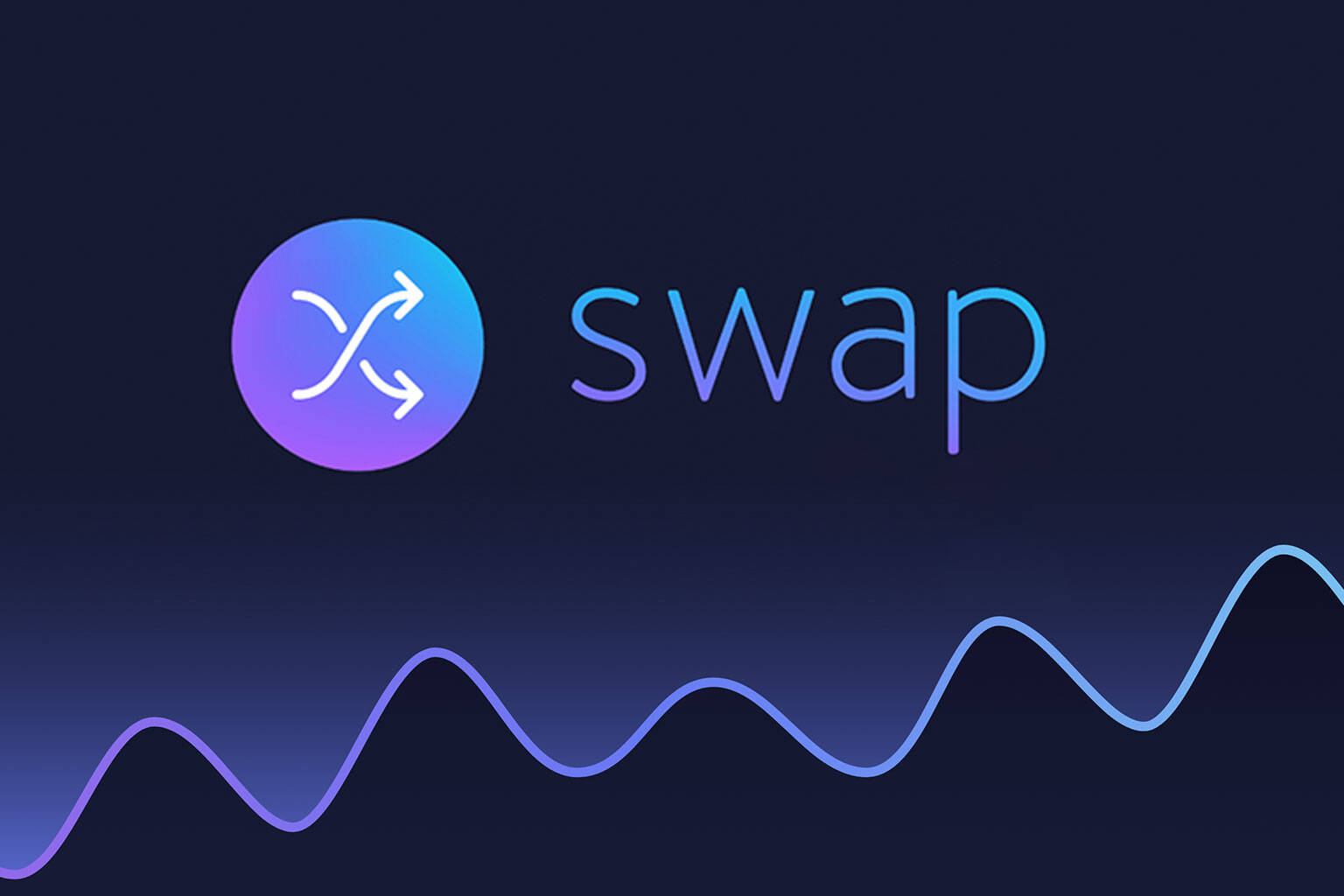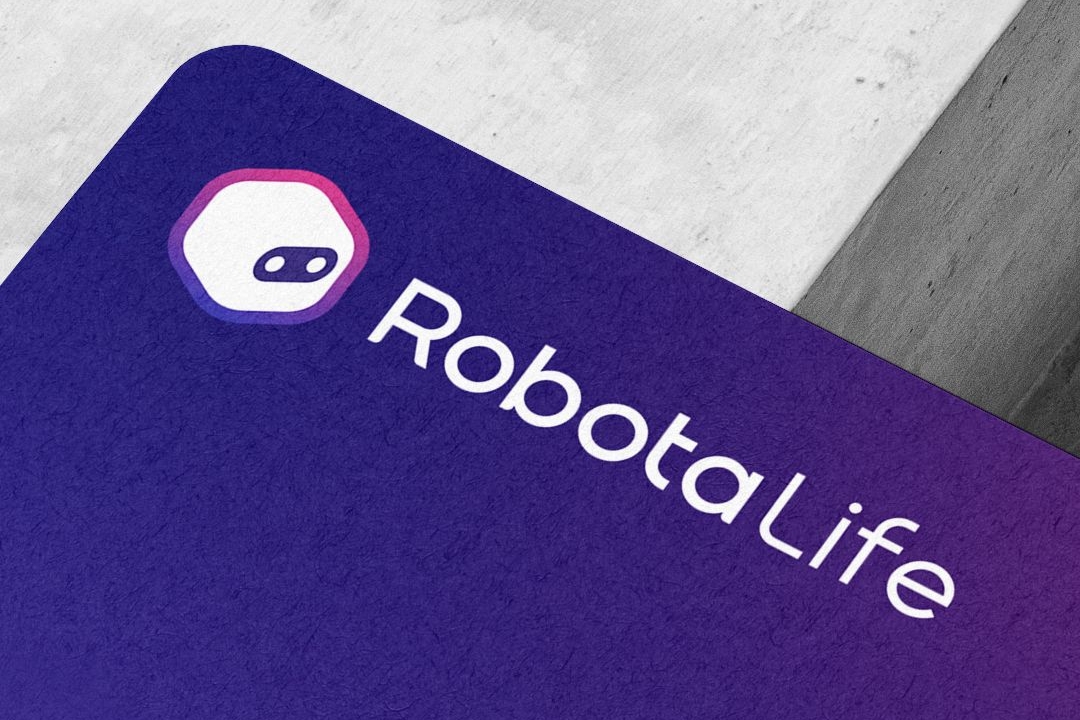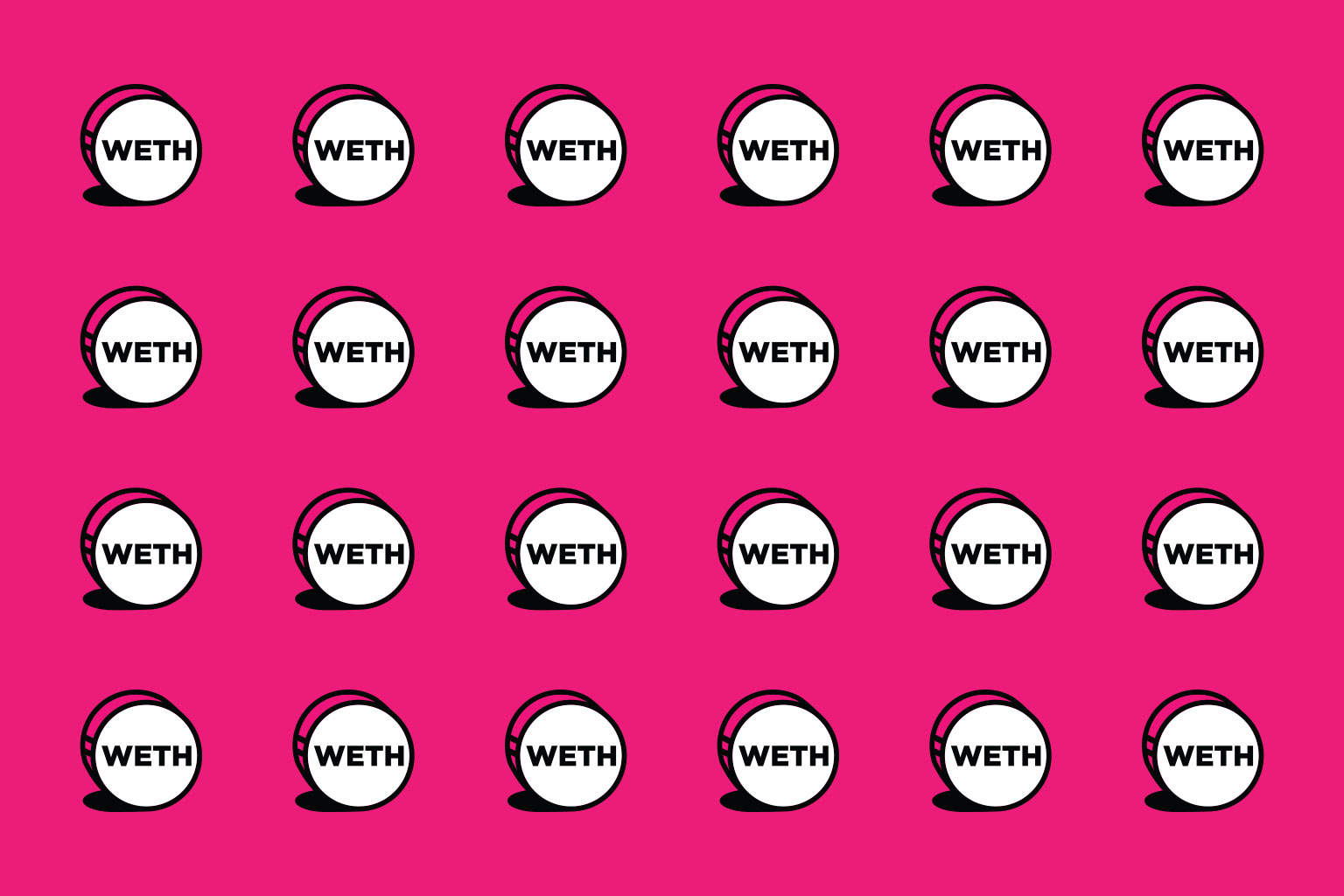What is Tether?
Tether Holdings Limited is a blockchain company founded in 2014 that is known for its USD₮ stablecoin, designed to be pegged to the value of the US dollar at a 1:1 ratio. Tether holds reserve assets equivalent to the value of each USD₮ token issued. USD₮ is one of the first and largest stablecoins and is widely used by cryptocurrency investors.
As of 2022, USD₮ has a market capitalization of almost $70 billion, making it the third largest cryptocurrency behind Bitcoin and Ether. In addition to offering stablecoins pegged to the US dollar, Tether also offers stablecoins for other currencies and a stablecoin linked to the price of gold.

The History of Tether
Tether was founded in 2014 by Reeve Collins, Craig Sellars, and Brock Pierce, the latter of whom was a former child actor in Disney movies.
The company’s initial stablecoin token, Realcoin, did not gain significant traction. In 2015, Tether was purchased by new owners based in Hong Kong who also owned the Bitfinex cryptocurrency exchange.
The integration of Tether’s stablecoin into the Bitfinex ecosystem increased the token’s popularity. However, Tether’s Taiwanese banking partners grew concerned about the lack of know-your-customer (KYC) and other checks on the stablecoin as it circulated on multiple blockchains and eventually terminated their relationship with the company in 2017, which caused issues for Tether’s ability to exchange fiat currency for cryptocurrency and vice versa.
Tether eventually secured new banking partners in Puerto Rico and the Bahamas, and its stablecoins, particularly its flagship USD₮, gained widespread popularity during the subsequent cryptocurrency bull market. Tether is registered in the British Virgin Islands and lists JL van der Velde as its CEO. Tether and Bitfinex are both owned by iFinex.
What is a Stablecoin?
Stablecoins are a type of cryptocurrency that aim to maintain stable prices by linking their market value to an external reference, such as a fiat currency or commodity like gold.
These stablecoins can be collateralized with an underlying asset, such as natural or virtual assets, or they can use algorithms to balance supply and demand to maintain their value. The goal of stablecoins is to reduce the short-term volatility expected in the cryptocurrency market and make them more suitable for everyday use as a store of value. This is important because a currency’s value must remain stable over time to be helpful as a store of value for investors.
Tether’s Stablecoins
Tether is a stablecoin pegged to a unit of fiat currency or precious metal, such as the US dollar. Each Tether token is designed to maintain a market price of around one branch of the corresponding currency or commodity.
Tether ensures that each of its stablecoins is fully backed by reserve assets, typically cash or cash equivalents issued by traditional financial institutions or commodities. As these assets are held off of the blockchain, Tether’s stablecoins are considered off-chain stablecoins.
Supply of Tether
Tether controls the circulation of its stablecoins at all times by backing each token with fiat-based collateral. Only Tether can mint new tokens, which can only be purchased after the buyer has gone through the due diligence process of Tether’s Know Your Customer (KYC).
However, once these tokens have been purchased, they can be sold, transferred, or used like any other cryptocurrency without the new holder being subject to Tether’s KYC process.
To redeem a Tether token for fiat currency, holders can sell it on a cryptocurrency exchange that allows off-ramping or save it directly through Tether. If the token is redeemed through Tether, it may be burned to reduce the number of outstanding tokens in circulation on the blockchain. Alternatively, redeemed tokens may be held in Tether’s treasury for future issuance if there is new market demand.
Blockchains Supported
Tether is available on various blockchains, including Algorand, Avalanche, the Simple Ledger Protocol (SLP) on Bitcoin Cash, Ethereum, EOS, the Liquid Network, Omni, Polygon, Tezos, Tron, Solana, and Statemine.
Users need to confirm that they are using the correct version of Tether for the blockchain or transport protocol they are using. To maintain trust in the stability of its stablecoins, Tether regularly updates and publishes the total number of tokens in circulation and the value of its reserves on its website.
How Does Tether Make Money?
Tether generates revenue by charging transaction fees for new fiat deposits on its platform. These fees are currently set at 0.1% of the deposit amount, with a minimum deposit of USD 100,000. Tether also charges fees for redemptions of its stablecoins and for new accounts to go through its Know Your Customer (KYC) process.
Be the first to try
Join our mailing list for early access to our service
Related Posts
February 14, 2023
Safesun coin

February 12, 2023
$loomi to USDT

February 8, 2023
XWP Price








